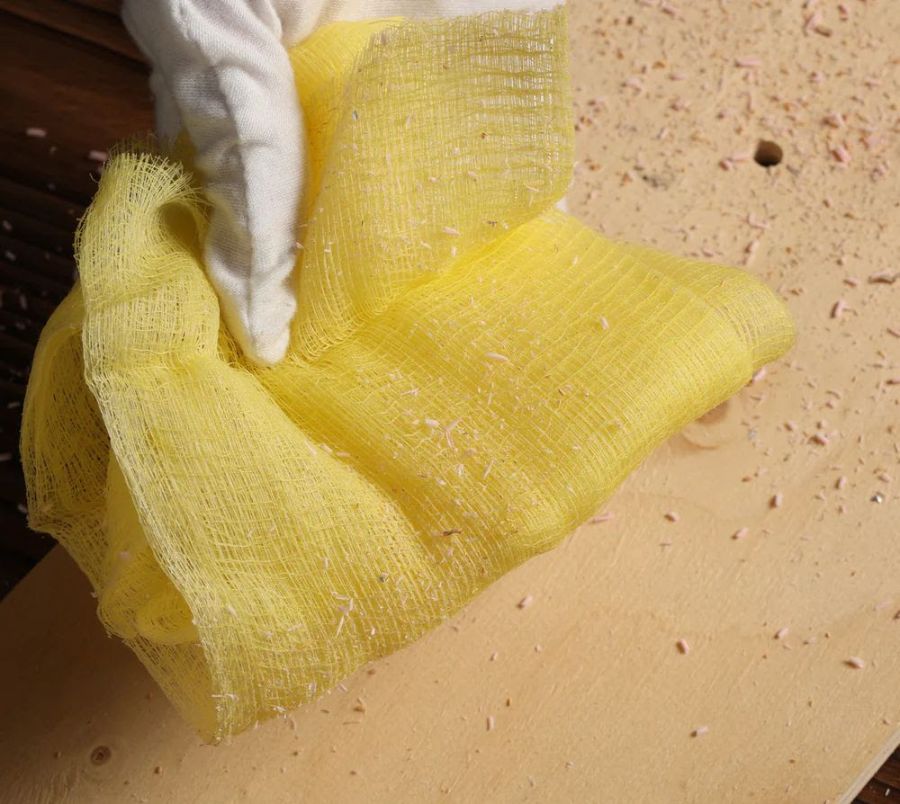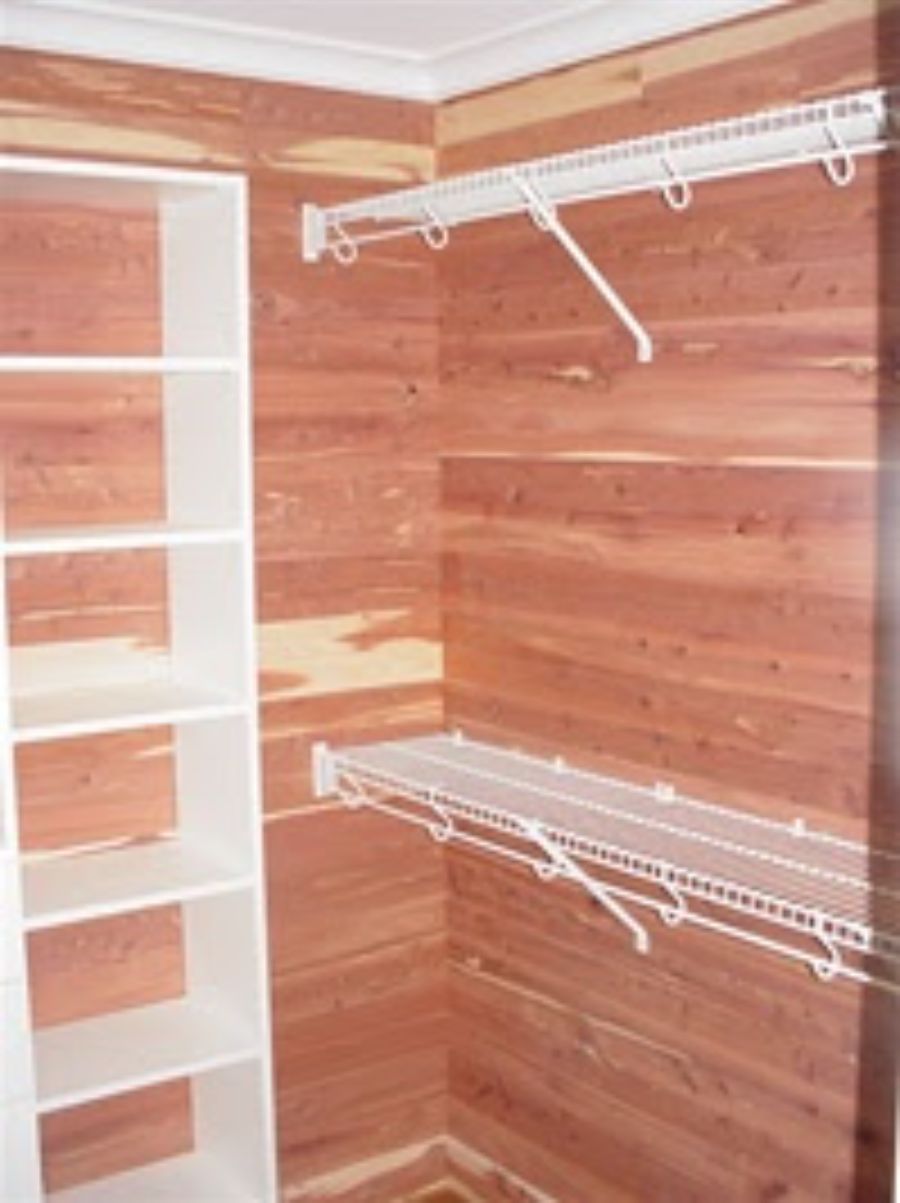If your home was built in a certain era, you may notice a thin (vs. wide) line of cement along its foundation.
While not as wide as a sidewalk or patio, this “line” of cement usually goes all the way around the house or at least along one or two sides.
Once in a while you may wonder, exactly why was this done?
This feature is often called a “cement apron” or sometimes a “rat slab.” It was more common in houses built several decades ago, though you can still find it in certain neighborhoods today.
The idea behind this narrow strip of cement was both practical and protective. Builders wanted to keep the home’s foundation safe while also solving problems with water, pests, and yard maintenance.
One of the main reasons for pouring this cement band was moisture control.
When it rains, water naturally runs down the walls of your house and hits the ground right next to the foundation.

Without anything to guide it away, the soil around the home can stay damp.
Over time, this constant moisture can lead to cracks in the foundation, basement leaks, or even mold problems.
The thin cement strip helped to shed water away from the house and direct it into the yard where it could soak in more safely. It was like a miniature sidewalk that doubled as a shield for your foundation.
Another reason has to do with pest control. In some areas, termites, ants, and rodents can dig near the base of a home to find their way inside. A strip of cement creates a tougher barrier for these pests to cross.
Termites, for example, have a harder time tunneling through cement compared to soil. Homeowners and pest control workers also found it easier to spot termite tunnels when they were forced to build across a visible cement line.
The cement strip also had a practical landscaping use. It cut down on the need to weed or trim grass directly against the home’s walls. Without the
strip, grass and plants grow right up against the siding, which can trap moisture and even invite bugs.

With the cement in place, it created a neat, clean edge that made yard work a little simpler.
It’s also worth noting that building practices and codes have changed over time.
In earlier decades, wide driveways and walkways were less common, and adding a full concrete slab around the house was considered too expensive.
The thin cement band was a low-cost compromise. It didn’t take as much material or labor, but it still provided some of the same benefits as a larger paved area.
Today, newer homes often use different methods for the same problems.
Builders may install more strategically positioned gutters and downspouts to control rainwater, apply chemical barriers to protect against termites, or design landscaping that directs water away from the house.

As a result, you don’t see the thin cement strip being added as often.
Still, in older homes, it remains a small but clever solution from the past.
The next time you notice that narrow line of cement circling a home, you’ll know it was not just decoration.
It was a practical feature meant to protect the foundation, reduce pests, and make maintenance easier.
In many ways, it was a simple but smart piece of old-fashioned building wisdom.







